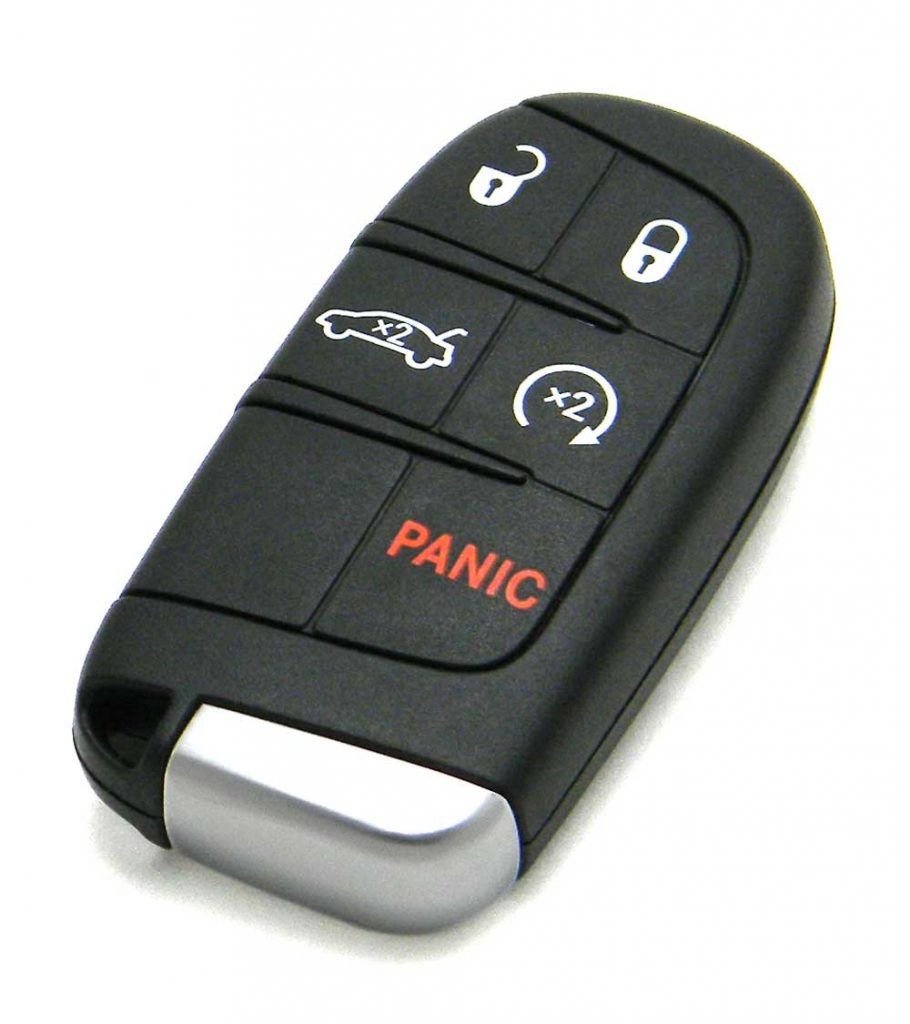Is your car key fob not working? Before you rush to the dealership, the solution might be simpler than you think! Often, a key fob stops working because of a dead battery. Replacing it is a straightforward process you can easily do at home in just a few minutes. This guide will show you exactly How To Get Battery Out Of Key Fob and replace it, saving you time and money.
Step 1: Removing the Emergency Key
Most modern key fobs come with a hidden mechanical key, also known as an emergency key. This key is not just for emergencies; it’s also often the first step to accessing the battery compartment.
Look closely at your key fob. You’ll typically find a release button or latch, often in a different color or material than the main fob body. Press or slide this release. This will allow you to slide out the emergency key.
Once you’ve located the release, gently pull or slide the mechanical key out of the fob. Set the key aside in a safe place.
Step 2: Opening the Key Fob Casing
With the emergency key removed, you’ll now have access to a small slot or seam on the key fob. This is where you’ll need to gently pry the fob open to reach the battery.
For this step, you’ll need a small, flat-head screwdriver or a similar thin, sturdy tool. A plastic trim tool is ideal if you have one, as it minimizes the risk of scratching the fob casing. However, a small screwdriver will work carefully.
Insert the tip of your screwdriver or tool into the slot you located after removing the key. Apply gentle but firm pressure to pry the two halves of the key fob casing apart.
Be patient and work your way around the seam of the fob. The casing clips can be tight, especially the first time you open it. Avoid using excessive force, which could damage the fob. Gently twist or leverage the screwdriver to separate the two halves. You may hear a clicking sound as the clips release.
Once you have worked around the majority of the seam, the two halves of the key fob should separate. Carefully pull them apart to reveal the inside of the fob and the battery.
Step 3: Removing and Replacing the Key Fob Battery
Now that the key fob is open, you’ll see the battery. Take a close look at how the battery is positioned in the compartment. Note the positive (+) and negative (-) sides. This is crucial for installing the new battery correctly.
The battery in most key fobs is a small, circular coin cell battery. Common types include CR2032, CR2025, or CR1632. You can usually find the battery type printed on the battery itself. Make sure you have the correct replacement battery before proceeding.
Gently remove the old battery. In some fobs, the battery might be held in place by small clips. You may need to use your fingertip or the tip of the screwdriver to carefully nudge it out.
Install the new battery, ensuring that the positive (+) and negative (-) sides are oriented correctly, matching the way the old battery was positioned. Push the new battery firmly into place until it is securely seated in the compartment.
Step 4: Reassembling the Key Fob
With the new battery in place, carefully align the two halves of the key fob casing. Press them firmly together until they snap back into place. You should hear a clicking sound, indicating that the casing is securely closed.
Once the fob is reassembled, test it by pressing the lock and unlock buttons. The car doors should lock and unlock as expected. Finally, slide the emergency key back into the key fob until it clicks into its locked position.
You’ve now successfully replaced your key fob battery! This simple task can save you a trip to the mechanic and get your key fob working again quickly. If you continue to experience issues with your key fob after replacing the battery, there may be a more complex problem, and it’s best to consult a professional.
